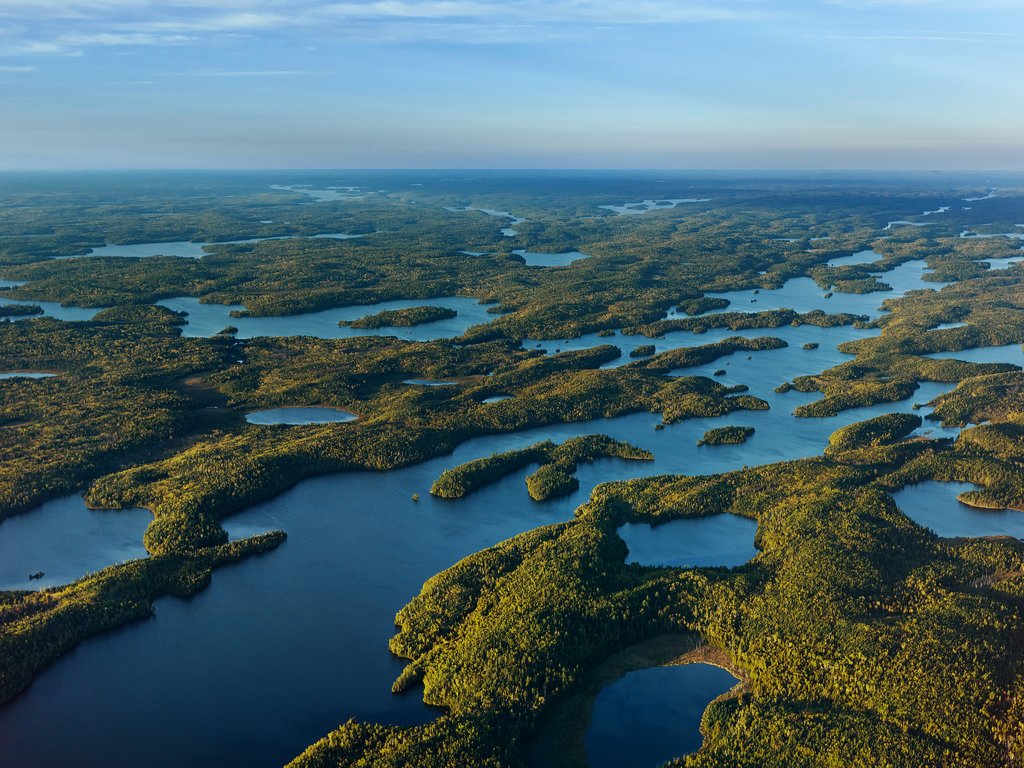MinnPost:
“Ask yourself: Would it be OK to revoke a mining company’s rights in the same way that these leases were restored?
Two more lawsuits were filed this week against the Trump administration’s about-face on Twin Metals Minnesota’s mineral leases at the edge of the Boundary Waters, bringing the total to three.
The documents bring some clarity and concision to the tangled procedural history of the leases’ renewals, cancellation and re-granting. And on mining’s threat to area businesses centered on paddling and quiet recreation, they present some compelling illustrations of potential job losses. But perhaps their main value will be the focus they bring to this question: Has ours become a government of whim, or do the law, the rules and settled procedures still matter?
For several years now, ever since Twin Metals’ challengers began to gain traction in Washington for their objections to industrializing the edge of a prime American wilderness, the company has asserted that its leases along the South Kawishiwi River carry an automatic right of renewal. Given that TMM’s renewal applications have undergone repeated review for potential impacts on the Superior National Forest and on waters downstream, that’s an odd position — at least, it’s odd if you make the common-sense assumption that the fact of review carries the possibility of rejection.”





